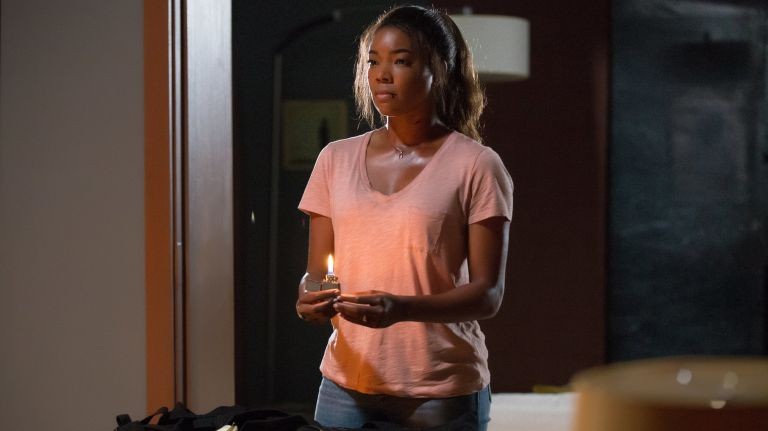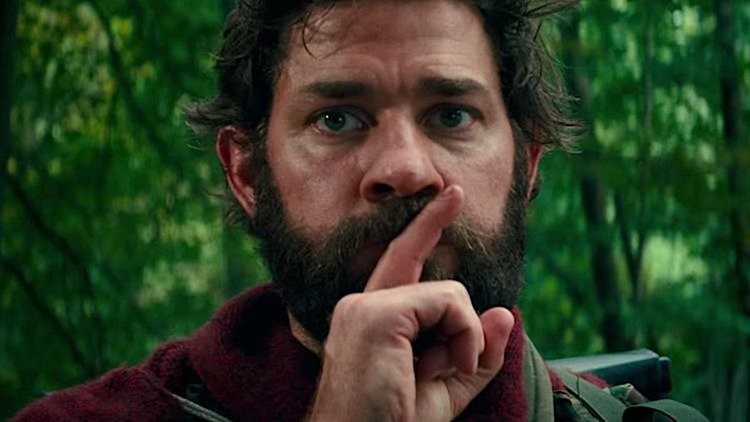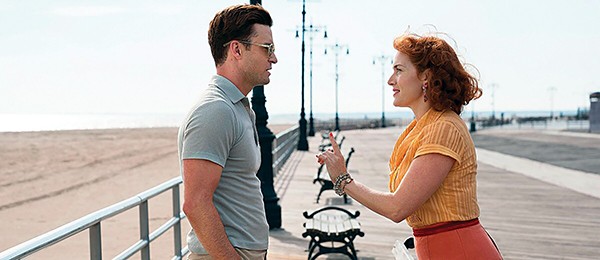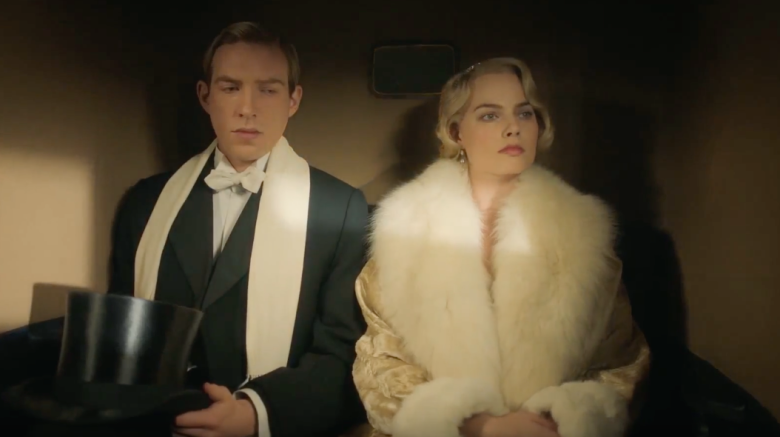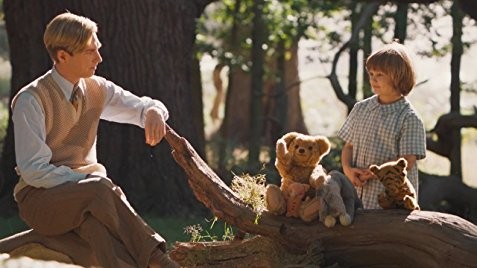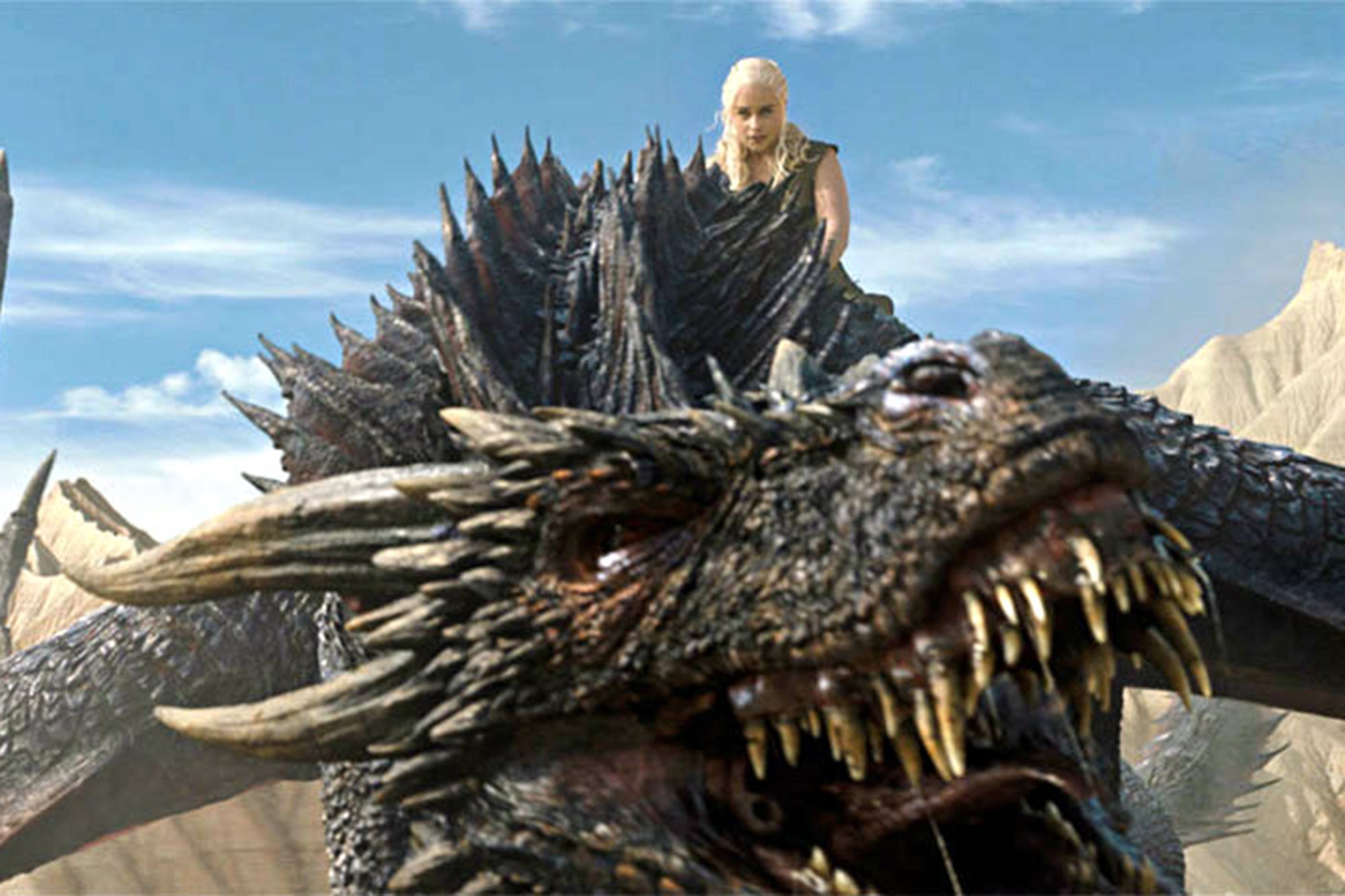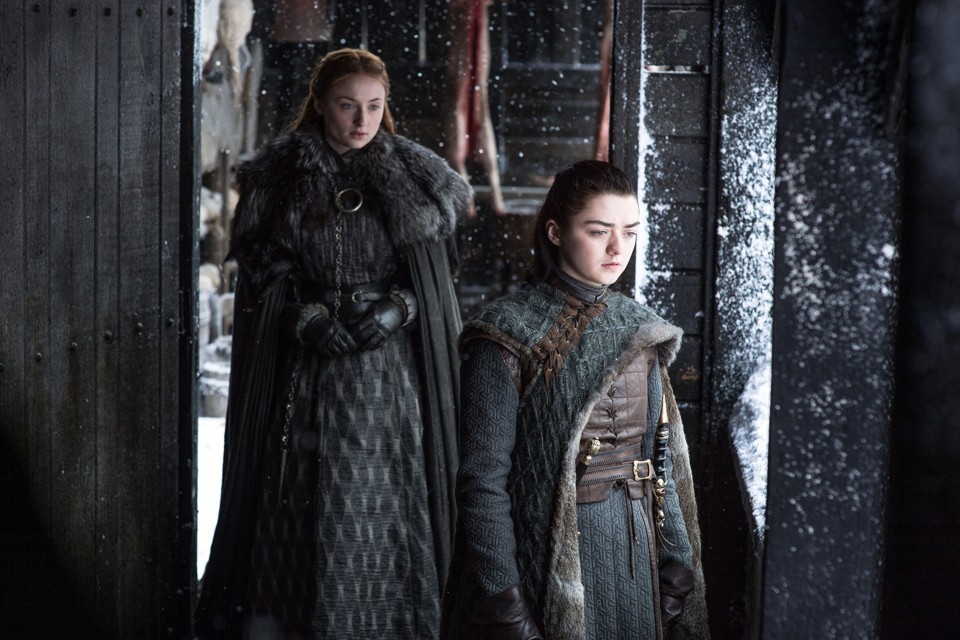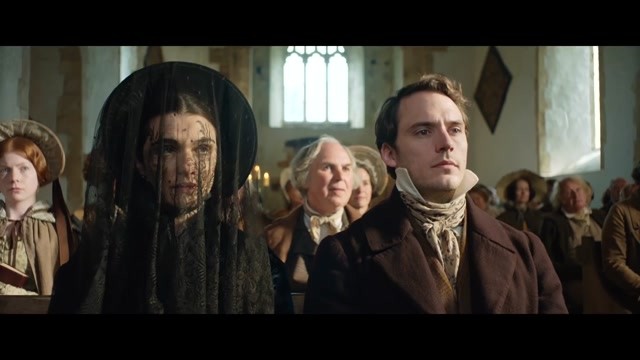Uncle Drew is a light basketball comedy about a team of geriatrics returning to former sports glory. The elderly hoopsters are played by younger sports stars wearing wigs and latex. The effect is distancing: The fake old men are cartoons. We spend most of the time with their broad, wig-based impressions, and it’s like a long SNL sketch — or a feature-length Pepsi commercial, which is what it is.
The film stars Lil Rel Howery (Get Out) as Dax, an orphan who finds solace in basketball as a child and coaches teams as an adult to compete in the Rucker Classic Streetball Tournament in Harlem every year. He missed a shot when he was young, blocked by his rival Mookie (Nick Kroll). When Mookie steals his team- and money-obsessed girlfriend (Tiffany Haddish), he must seek out the mysterious Uncle Drew, a former great who disappeared, to lead him to victory.
The mystery dissipates almost immediately. Uncle Drew (Kyrie Irving), introduced by a cameo-rich 30 for 30 episode, which tells the story of how he won a game while holding a ham sandwich, is easily found. Then things descend into vaudeville. Most of the comedy consists of Dax anxiously commenting on the inanity of a setup — how careless a preacher is with a baby he’s baptizing, the thinness of a star player’s promise not to betray him, the oldness of Uncle Drew’s 8-track machine (“If Billy Dee Williams and Diana Ross had a lovechild, it would definitely be in this van!”)
It would be nice if there was more to laugh about than the script’s clichés. In Get Out, Howery was a breath of fresh air, comic relief from a heavy sci-fi/horror parable. Here, the movie he’s commenting on is more ordinary, turning him into a Woody Allen-style neurotic protagonist.
Shaquille O’Neal is Big Fella (during the credit bloopers he says “I’ve come a long way since Kazaam!”) He has an extremely fake beard, operates a dojo, and has a tendency to be separated from the rest of the cast for as long as possible, presumably because he has the highest day-rate. Chris Webber (five-time NBA All-Star) is Preacher, the aforementioned pastor, heavily indebted to Arsenio Hall’s Reverend Brown from Coming to America. He is married to Betty Lou (four-time Olympic gold medalist Lisa Leslie). Reggie Miller (also an NBA All-Star five-timer) is Lights, who is in denial about being legally blind. Nate Robinson (three-time Slam Dunk Champion) is Boots, who can’t walk. All do fine with cheesy humor, though too many adopt a low soft growl as their “old man voice.”
If they were actually played by older actors, this would be a very different movie. You would have to confront how their bodies broke down from their prime and note how society in general has no use for someone once they stop producing. As it is, we know these are elite athletes (most of whom are currently middle-aged sports commentators) playing at being decrepit, like gods in disguise.
When Uncle Drew switches from the silly to actual sermonizing, it falters. Moral lessons include: “This game is all mental”; “You don’t stop playing because you get older. You get older because you stop playing”; “We all need something to look forward to, even if it is just a pipe dream”; and finally, “You miss 100 percent of the shots you don’t take.” I disagree with all of these.
Having sunk all his money into the team, Dax is counting on the championship’s $100,000 prize to stay solvent. Uncle Drew scolds him, “It’s about the love, youngblood. Nothing else.” Dax forgets his financial woes and changes his team’s name from the Harlem Money to the Harlem Buckets.
But feeling pressure to earn money constantly is not a character flaw; it’s result of living under late-stage capitalism. The movie itself feels the pressure, chock-full of the sources of its own funding. Pepsi machines are everywhere.
Nevertheless, a family at my screening ate it up: The father announced, “That was pure fun” at movie’s end, and his little girl could not stop giggling during a scene in which Shaq repeatedly raised and lowered his hospital bed while someone was trying to talk. As for me, I felt like I was already watching this at 2 p.m. on Comedy Central.

